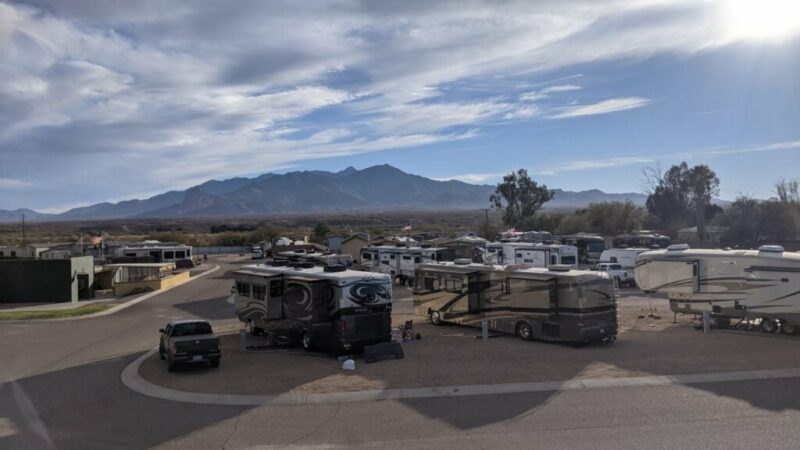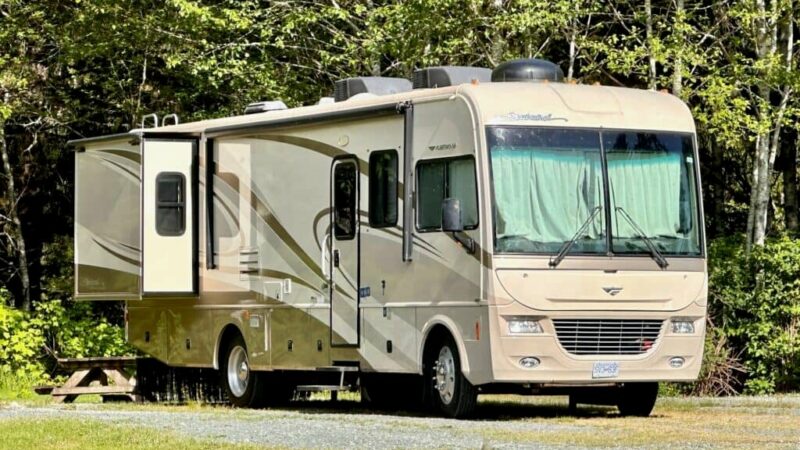Key Things To Look For When Buying New Motorhome Tires
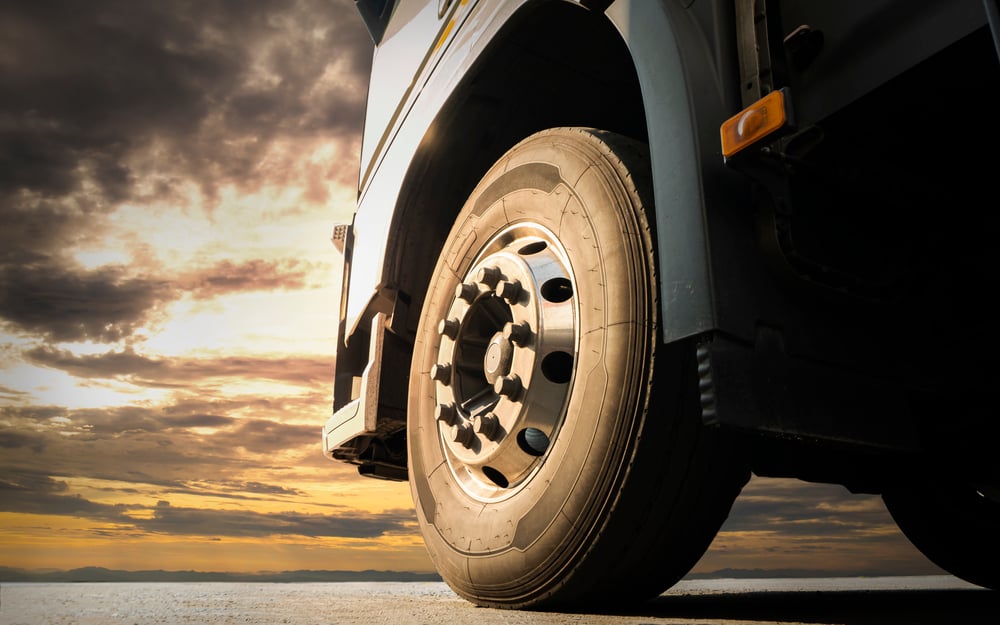
Sponsored by MotorHomeTires.com
Watch For These 5 Critical Items When Buying New Motorhome Tires
Let’s face it, money aside, getting new tires installed on anything can be a whole lot of fun! A couple of new tires on the old bike, or four new shoes on your daily driver… everybody loves the look and feel of newly installed rubber!
Most of the time, we simply hand over the keys to the tire technician, grab a coffee, and play on our phones until they are installed. The more vigilant among us might watch through the window to make sure they are doing it correctly. However, on a busy Saturday morning, it’s tough to determine exactly who’s doing what.
Buying new motorhome tires is quite another matter altogether. Here are a distinct set of observations you will want to make before, during, and after you get your new motorhome tires installed.
In this article, we’ll discuss five important things to watch for when getting new motorhome tires installed, plus a bonus tip.
1. DOT Code / Date Codes
For most RVers, the tires on their motorhome will age out long before they wear out. Studies show that most RVers travel only 4,500 miles in their RV each year. Given that statistic, a 60,000-mile tire would have a 13-year lifespan, based on tread wear alone.
This flies in the face of accepted convention. However, when it comes to motorhome tires, experts generally recommend that motorhome tires be replaced after no more than seven years, regardless of tread wear. This is because even if the tires appear to be in good condition and have sufficient tread depth, the rubber compounds can deteriorate over time due to factors such as exposure to sunlight, heat, and ozone.
Checking the date code of a tire is as easy as reading the DOT code information stamped into the rubber.
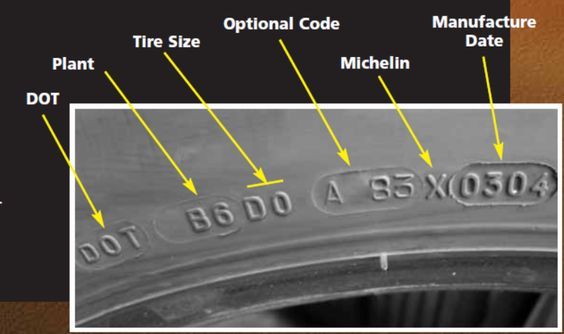
With that said, it’s important to check the date codes on your brand new motorhome tires before they are installed to make sure they aren’t already 1, 2, or even 3 years old before they ever get mounted on your RV! Motorhome owners with unusual tire sizes should be especially aware. Even though stale-dated tires have never been driven on the roads before, the actual age of the tire “is-what-it-is.” If your new motorhome tires are two years old, then expect to get only 5 years out of them instead of 7.
2. Load range & speed rating
Just because a tire fits doesn’t mean it’s suited for your particular purposes. Load range and speed rating are equally important. Although generally tire size and load are commensurate, that is not always the case.
While motorhome owners typically don’t have to worry as much about the speed rating since most motorhome tires are also designed with trucks in mind, our travel trailer buddies typically must be quite aware of this spec.
You’ll want to ensure the load range and speed rating of your new motorhome tires matches or exceeds the tires you are replacing. You can learn more about the load index and speed rating at MotorhomeTires.com. Once again, this is something you’ll want to verify with your tire manufacturer before they are installed.
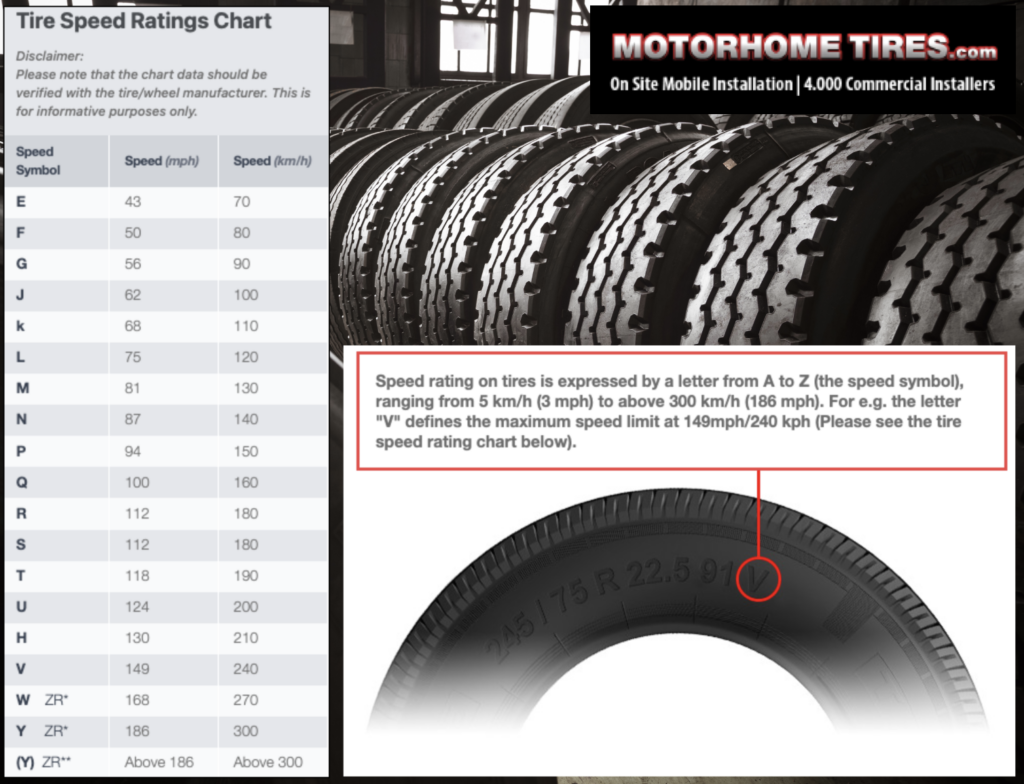
3. Balance
Now that you’ve qualified your new motorhome tires as having fresh date codes and the proper load range and speed rating, they are ready to be mounted. Unlike our cars, however, not all heavy truck tires are balanced in the same way. For you Class B or smaller Class C motorhome owners, your new motorhome tires might fit on the balance machine. More often than not, they won’t, and that certainly applies to the Class A crowd.
Fortunately, there is a brilliant alternative to the traditional spin balance routine: balance beads. Tire balance beads, also known as tire balancing media, are small granules of glass, ceramic, or plastic that are added to a tire to balance it. Tire balance beads provide continuous balancing throughout the life of the tire.
Unlike traditional spin balancing, which only balances the tire initially when it is brand new, tire balance beads can constantly balance the tire when it is in motion as it wears. This gives you a smoother, “always balanced” ride, increasing comfort and reducing uneven wear and tear of your new motorhome tires. Don’t let a tire technician tell you that your tires don’t need balancing!
4. Tire pressure
Incorrect tire inflation on your new motorhome tires can lead to a bone-jarring, uncomfortable ride. In worst-case scenarios, a tire blowout can be caused by an overheated tire. Proper RV tire inflation has almost nothing to do with what’s printed on your tire. That maximum tire pressure is just that: the maximum tire pressure allowed when cold. In almost all cases, your proper tire pressure will be less than that.
Every RV owner should have their RV weighed to get, at a minimum, a per-axle weight. You’ll then divide that weight among how many tires you have on that axle to determine the load on each tire. If your front axle, for example, can sustain 15,000 lbs and you have two wheels, then that’s 7,500 lbs per wheel. You would then check the tire pressure load chart put out by your tire manufacturer for that exact tire. The chart will tell you what tire pressure is appropriate for the load you have. If you struggle at all with understanding this, feel free to call motorhometires.com (855-586-1857) to talk with a real tire pro who can help!
Too much pressure results in a harsh, dish-rattling ride. Too little tire pressure overheats the tires, potentially leading to catastrophic failure. Simply put, you MUST weigh your coach, fully loaded, to get the proper weight, and thus tire pressure for each set of tires.
If you don’t know the proper tire inflation levels for your new motorhome tires, have the installer set them at the stated rate. Then load up your rig, go have it weighed, and then set the proper pressure accordingly. It is not uncommon for your front or “steer” tires to have a different pressure than your rear tires.
5. TPMS
A TPMS, or Tire Pressure Monitoring System, is critical in managing your tire pressures while traveling. During the installation of new motorhome tires, be cognizant of your TPMS status. If you have a higher-end coach with the TPMS built-in, that system may need some time to reset after tire replacement.
You’ll also want to get that motorhome out for a drive as soon as you can to ensure that it is all working correctly after the new tire installation. It may take a few miles for everything to register properly. If it doesn’t, you’ll want to contact your installer right away for assistance. They can pull the tire and make sure the TPMS didn’t get damaged or come loose in some way during installation. Of course, if you have an aftermarket TPMS with sensors that screw onto the valves, make sure those have all been removed and stowed away safely before your new tire installer arrives.
This might be a good opportunity to clean those sensors thoroughly and replace the batteries too. A little anti-seize compound is a good idea if you are working with dissimilar metals, i.e. a brass tire valve and a steel or aluminum TPMS inner valve body.
Pro tip: Observe the wear on your old tires
Before the installer loads up your old tires in their truck to take away for disposal, take a minute to examine them. If you see unusual wear, snap a picture for future reference.
Be sure to note the correct orientation of the tire, though, so that the wear correlates correctly with the direction the tire is mounted. The uneven tire wear could be a simple matter of balance or some unusual alignment. Make a note to regularly inspect your new motorhome tires for similar patterns of wear so you can address it sooner rather than later.
Buy new motorhome tires
Of course, when you are ready to buy new motorhome tires, motorhometires.com should be your first choice. They check all the boxes when it comes to doing it right. You’ll get new tires with fresh date codes, installed by a mobile installer who comes directly to you. They’ll install your new motorhome tires, toss in the correct balance beads, and haul off your old tires for proper disposal.
Best of all, it happens right where you are, where you can observe the work, not in the back of a crowded truck stop somewhere. For expert advice, great tires, and professional installation – shop motorhometires.com.
The post Key Things To Look For When Buying New Motorhome Tires appeared first on RV LIFE.





